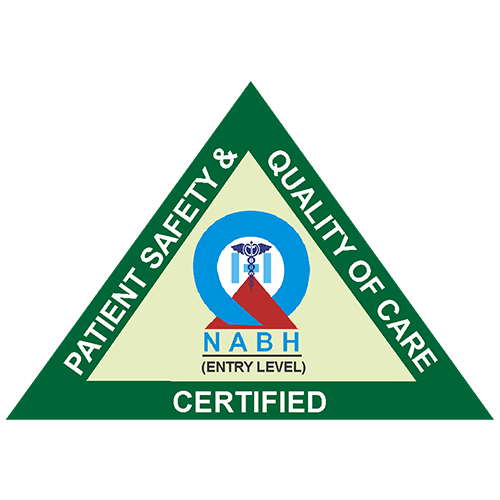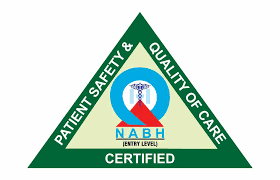Overview
Stone disease is an ancient and common affliction of human beings. Over a 70 year life span, it is estimated that about 15% of people will develop renal stones. Stone disease can lead to significant sufferings from pain, urinary infections and obstructive damages to the kidneys. Though newer and more effective methods to treat the stone disease have evolved, the exact reason why a stone forms is largely unknown. Recurrence is bound to occur.
The urinary system consists of two kidneys, two ureters (tube carrying urine from the kidney to bladder), urinary bladder (for urine storage) and urethra (urine passage). Urinary stones can occur in all parts of the urinary system. However, 95-97% of the stones are located in the kidneys and/or ureters, 3-5% are found in the bladder and urethra.
Composition
Urinary stones are actually biominerals consisting of both inorganic as well as organic materials also, like calcium, oxalate, phosphorus, magnesium, uric acid, proteins etc. There are different types of stone, of which calcium oxalate stone is the most common variety representing around 70-75% of all stones.
Types
Based on their chemical composition, kidney stones have been categorised, and some of them are mentioned below:
- Calcium Stones – The majority of kidney stones fall into this group, which is mostly made up of calcium oxalate and calcium phosphate.
- Infection Stones – In medical terms, infection stones are generally called struvite stones. They are the outcome of urinary tract infections
- Uric Acid Stones – People with certain hereditary diseases, or a high-protein diet are more likely to develop uric acid stones.
- Cystine Stones – These are mostly linked to a congenital illness called cystinuria, and in that case, the urine will be acidic.
Common Symptoms of the stone disease
- Could be completely asymptomatic and silent
- Mild/moderate to severe pain (dull aching or colicky) can be limited to the back or can be radiating to the groins or genitalia or medical side of thighs.
- Passage of small stones or dust in the urine (calculuria/graveluria)
- Urinary infection
- Burning sensation with difficulty in urination
Urinary block (retention-in case of bladder or urethral stone)
Diagnosis
Your urologist will talk to you about your health history and might recommend the following tests.
-
- A urine test also checks for infection and assesses the presence of kidney stone-forming chemicals.
- A blood test will show the health of your kidneys and study for biochemical issues that might cause kidney stones.
- Imaging tests like X-ray and ultrasound might be used to determine the size, shape, location, and number of kidney stones. Special Imaging like IVU and CT scan may be needed in some cases.
What Are the Treatment Options?
Initial treatment will focus on pain relief by medicines or pain killer injections as it is the most common presenting symptom. Following this, further investigation will tell where the stone is and what its size is.
80-90% of the stone of less than 5mm will pass by its own. With stones of 5-10mm size Medical Expulsive Therapy (MET) can be given (Drugs that facilitate the stone passage by relaxing your kidney tube). 40-50% of stone of these sizes in the ureter may pass with the MET.
Stone larger than this or one which has not come out with 2 weeks of MET will require one of the surgical methods to remove it.





Pingback: Twisted Twins: The Tale of Horseshoe Kidneys - VNH
Good post. I learn something totally new and challenging on blogs I stumbleupon on a daily basis. Its always useful to read content from other authors and practice something from their websites.
purchasing cialis online
rohypnol mexican pharmacy
I’d love to see a follow-up article diving deeper into some of the points mentioned here.
vardenafil 20mg online
erectivin vi non prescription tadalafil reviews
tadalafil tablets online